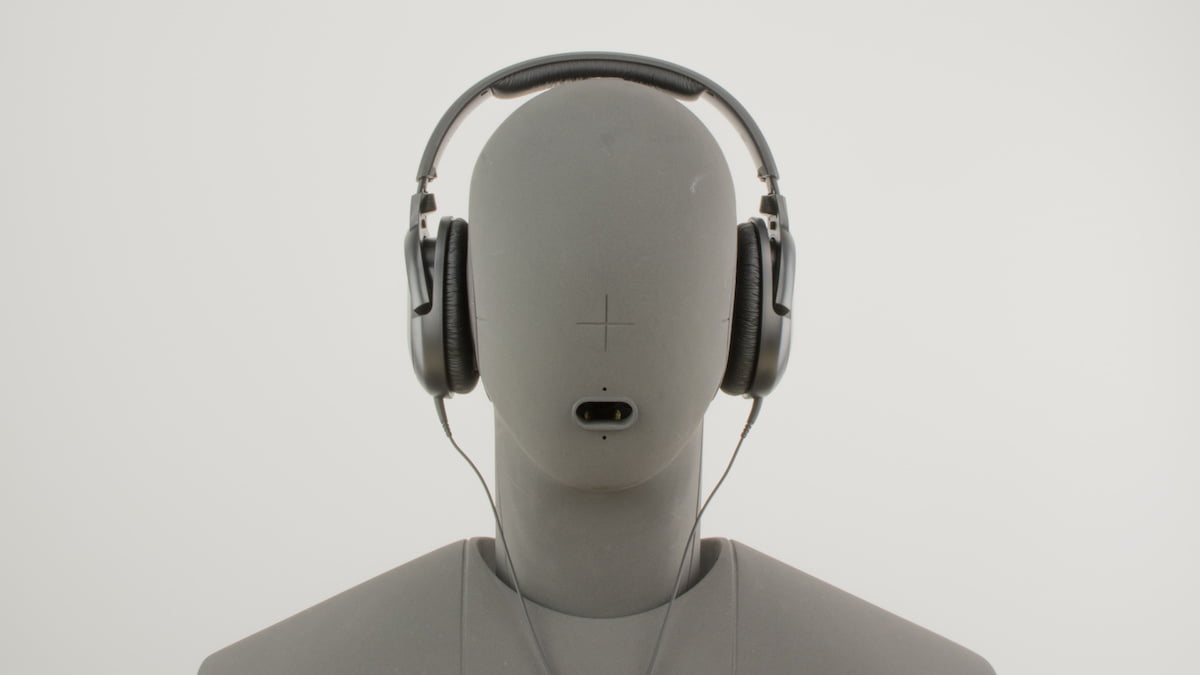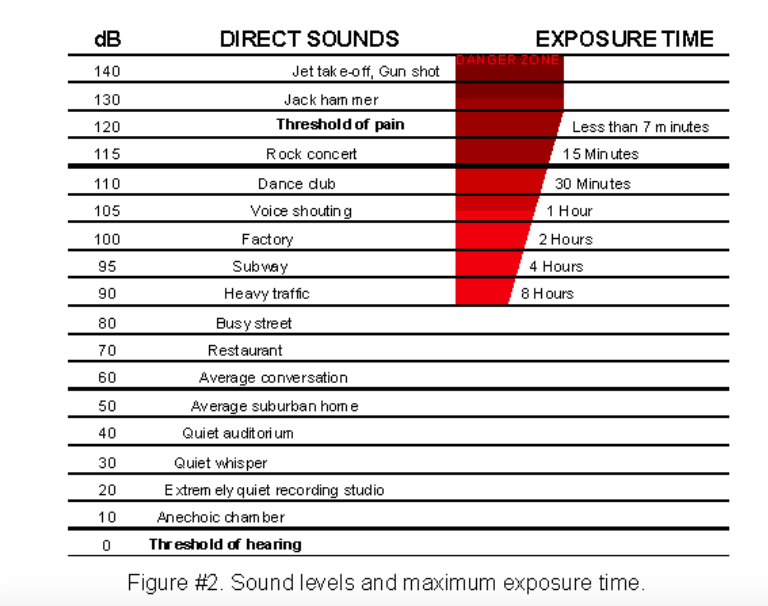Everything About Frequency Response, Sensitivity, And Impedance

Earphones and headphones are frequently used accessories in smartphones each and every day. While shopping for earphones & headphones, you need to consider the price, brand name, and features of products and services.
The average user who purchases headphones typically focuses on the product name and the budget. Does it provide a satisfying listening experience? If you ask me the same question – The answer is no. It’s not.
Frequency response, sensitivity, and impedance are some of the most important things you need to know about your headphones. These terms describe how a headphone will sound and how loud they will be.
In this article, we will explain three factors that most people overlook – sensitivity, impedance, and frequency response in detail. Knowing what you need and what’s suitable for you will allow you to choose the right headphones and save you money.
So, let’s get started without further ado!
What Is Frequency Response, Sensitivity, And Impedance?
If you’re shopping for a new pair of headphones, you’ll want to be familiar with the concepts of frequency response, sensitivity, and impedance. Here we will go over frequency response, sensitivity, and impedance. After reading this guide, you will be able to pick the best audio equipment for your needs.
Frequency Response Range [Hz]
Headphones/earphones offer an audible range of sound to the listener depending on their frequency response. Frequency Response is the average of Bass, Treble, and Midrange sounds in headphones. It can be difficult to hear bass that drops with 20 Hz but can be sensed somehow in the background. On the other hand, A treble sound exceeds 20.00 Hz, so it cannot be heard.
Headphone drivers typically have the same frequency response as their drivers. The frequency range can be determined by manufacturers, but it often has no value for the consumer. This shows us only the frequencies the headband can produce and does not show a relative sensitivity for the frequencies.
Even if your headphones have a higher Frequency Response, it does not mean they’re more superior. Manufacturers keep improving this feature in their products because of its promise of Noise Reduction. On the frequency response graph, you can see how sensitive the headphones are at each frequency range.

Infrasound refers to sounds below 20Hz, while ultrasonic refers to sounds above 20000 Hz. The ideal range of frequencies that humans can hear is 20 Hz to 20000 Hz. If the sound is above or below this range, we cannot hear it.
Sensitivity [dB/mW]
It is one of the most important features of headphones because it indicates how well they convert electrical signals into a sound that your ear can detect and understand. To experience the full audio experience, it must be compatible with the impedance.
The sensitivity of a headphone describes how well it converts electrical signals into audio signals. Sensitivity is measured in decibels (dB) of Sound Pressure Level per milliwatt. You can also refer to it as dB/mW or (dB SPL/mW). It ranges from 80-110 dB SPL/mW for most devices.
You can imagine what 80 dB sounds like during rush hour downtown to gain a better understanding of how sensitivity affects your hearing experience. According to the general rule, the higher the sensitivity, the louder the output. An earphone or a headphone with high sensitivity might seem beneficial, but that’s not the case.
High sensitivity may cause audio quality to be distorted when producing loud sounds. As a result, the sound quality of music may affect. In addition, listening to high SPL sounds for long periods of time can cause irritation and pain to our ears. You can see the graph below to learn more about each degree of sensitivity.

If you want to achieve balanced loud and clear sound output, make sure that your headphone has a sensitivity between 90 and 100 dB/mW. How a sensitive sound affects the auditory system is better understood. Generally the more sensitive the sound the louder.
Impedance[Ω]
Impedance describes the electrical resistance the circuits provide for electrical current flow. Impedance is measured in Ohms. Typically, most earphones on the market have impedance values between 8-16Ω and headphones have values between 16-50Ω.
As impediments increase, electrical signaling requires more energy from the driver. At lower impedances, the driver requires less electrical current to receive electrical signals.
In the following graph, we can see how energy consumption varies with impedance.

Both high and low impedances have their advantages and disadvantages. The lower the impedance the phone uses, the better the quality. If you are using a budget smartphone without an audio converter, you should choose headphones or earphones that have a low impedance.
A low impedance circuit produces audible background distortions when a large amount of current flows through it. Although high-impedance headphones provide clear, pure sound, they require an amplifier, so they are more expensive.
These high-impedance headphones are ideal for audiophiles and sound engineers looking for studio-quality sound. Using these headphones/earphones with your regular smartphone may not produce very crisp or vibrant sounds. If you want to use a mobile or laptop device, get a headphone or earphone with low impedance (32 Ohms).
FAQs
What Is The Best Frequency Response For Headphones?
The most common frequency for audible speakers is 20 to 20,000 Hz. The frequency range is meant for the production of the full range of the human hearing spectrum. While different headphones have different specifications, the best frequency response for headphones is between 20 Hz and 20,000 Hz.
What Is A Good Sound Pressure Level (SPL) For Headphones?
According to experts, you should keep your headphones’ sound pressure level (SPL) between 60 and 85 decibels to avoid damaging your ears. Do not listen to loud music for longer than 15 minutes, especially if it exceeds 100 decibels. For headphones, the safe range for the sensitivity is 75 dB to 110 dB.
Does A High-Impedance Headphone Sound Better?
It depends on what you’re looking for in a headphone. If you want the best, most accurate sound reproduction possible, high-impedance headphones are the way to go. Higher impedance produces better sound quality.
For casual listening on a phone or laptop, low impedance equipment is better. High impedance headphones are designed for use by professionals or audiophiles because they require bulky special equipment.
Is A 16 Ohm Impedance Good For Earphones?
Yes, a 16 ohm impedance is good for earphones. Usually, Impedance does not indicate much about the quality of audio from earphones or headphones. For our mobile phones or portable music players, 16-ohm earphones are sufficient.
Conclusion
As you can see above, we have explained everything about Frequency Response, Sensitivity, and Impedance. In this article, we provide a list of the most important numbers to consider when buying a headphone or earphone, we promise you will enjoy your purchase.
Each of these factors affects the sound quality of a headphone. Hopefully, now you have an understanding of these factors.
You don’t need high impedance headphones to listen to music on a portable MP3 player, for example. It will drain your device’s battery in a senseless way, and prevent you from enjoying your favorite music simultaneously. This is also true for the other properties such as Frequency Response and sensitivity.
Please feel free to leave a comment if you have any questions about this topic in the comment box below. We would love to hear from you.
Thank you for your time and have a wonderful day!